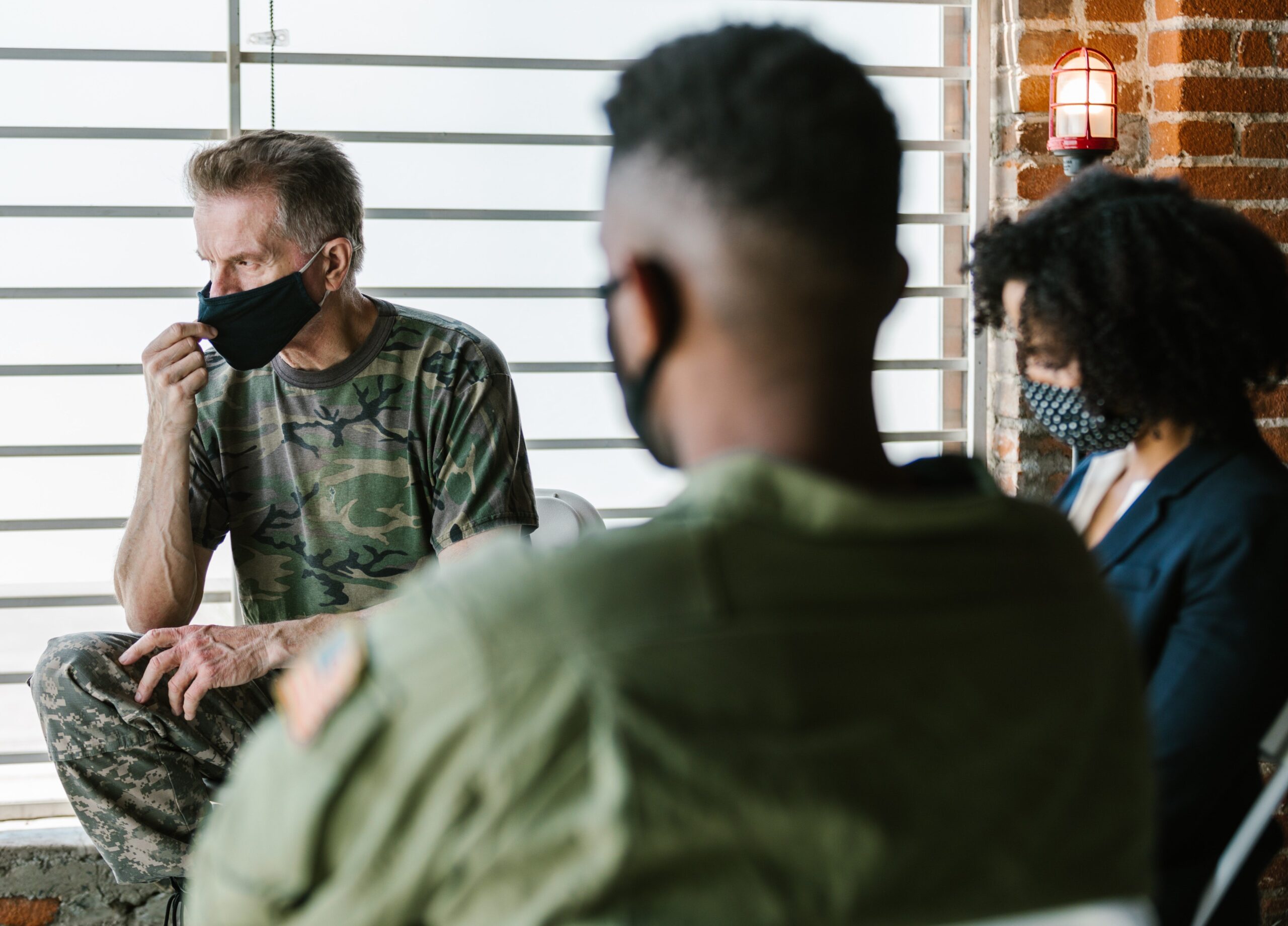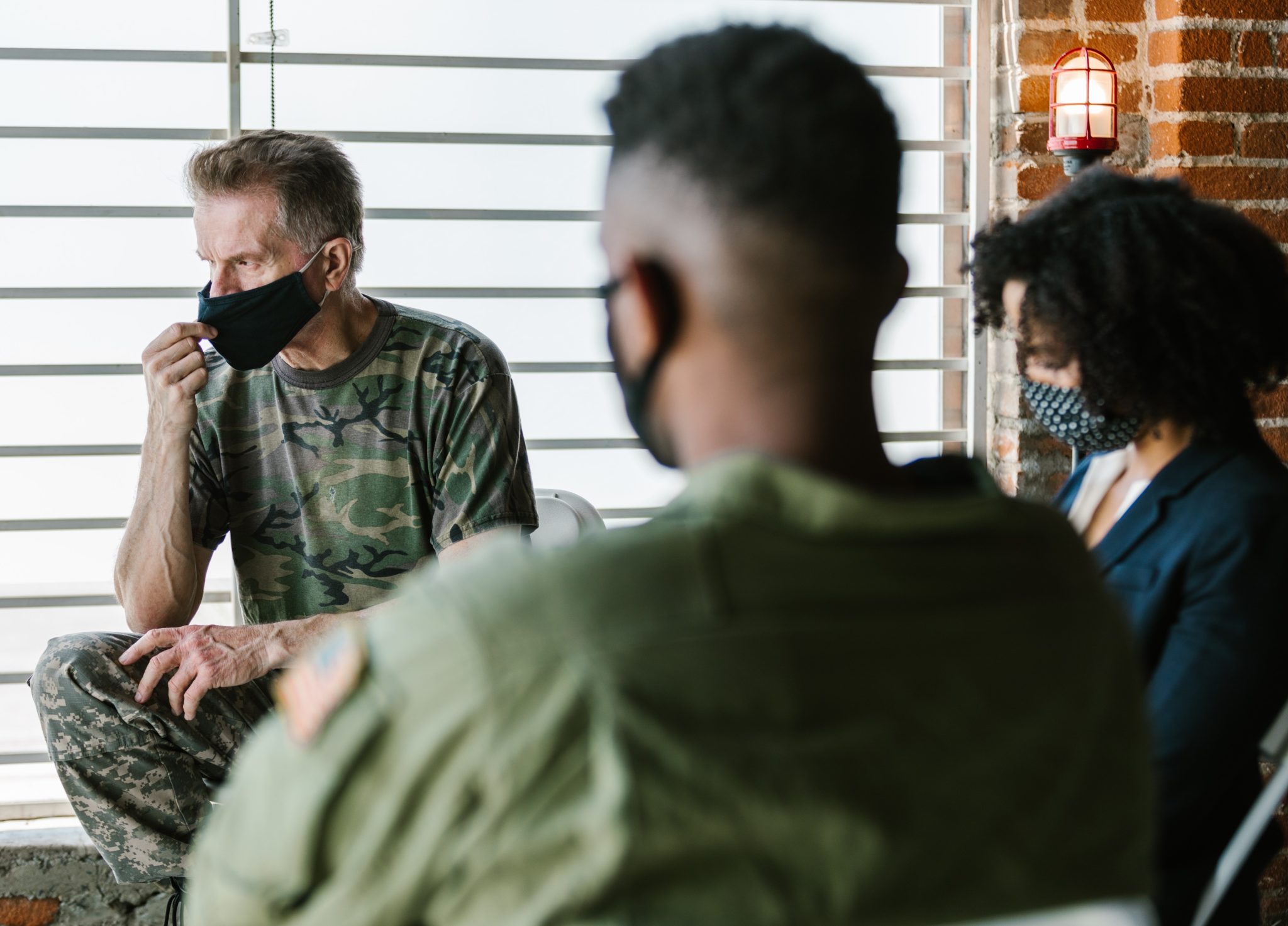By: Kalin Goble, MS

Almost everyone in today’s society has had family, friends, or other beloved ones within their community die by suicide. Recent data shows an estimated 1.2 million adults die by suicide yearly in the United States. The National Institute of Mental Health defines suicide as a death caused by self-directed injurious behavior with the intent to die as a result of the behavior.
Trends in the data identify certain groups most at-risk of suicide or suicidal behaviors. Suicide is the second major cause of death for adolescents (10-14-year-olds) and younger adults (ages 25-34). Veterans are also among groups more highly impacted by suicide. “Veterans, people who live in rural areas, sexual and gender minorities, middle-aged adults, and tribal populations may disproportionately experience factors linked to suicide” (CDC.gov, 2022). A recent DoD Annual Suicide Report also captured enlisted white males under 30 years of age as a specific sector at higher risk of suicide (DSPO.mil, 2020). These are groups many mental health clinicians and service providers that support military families reach and impact daily.
Suicide is Preventable
The CDC notes that numerous factors may increase the risk for suicide or protect against it, but experiencing adverse events and violence does show connections to death by suicide. “For example, people who have experienced violence, including child abuse, bullying, or sexual violence have a higher suicide risk” (CDC.gov, 2022). As our society grows and shifts, so too may the stressors your client feels in their daily lives. How can we provide the best support for those at higher risk of suicide?
- Mental health matters for everyone. Expanding the conversation on mental well-being is a foundation of the work of all clinicians supporting individuals, families, and communities. Watching for signs of suicide and suicidal behaviors is a major point in prevention care. Military.com provides a quick list of warning signs of suicide.
- Helping individuals construct and nurture resilience is another protective factor in mental health support. Here is a list of resources OneOp offers on working with military families to strengthen personal, family, and community resilience.
OneOp Suicide Prevention Webinar
To engage more on current military suicide data, RSVP and attend our upcoming webinar, “Suicide Prevention and Working with Military Families.” Dr. Elizabeth Gray will present strategies to identify common risk factors in prevention support and best practices for applying recent research in clinical practice.
Dr. Gray has been a Licensed Clinical Social Worker and mental health advocate for over 20 years. She also serves as Associate Director of Policy and Legislation at the Defense Suicide Prevention Office (DSPO).
The live webinar on September 20, 2022 (11 AM EST) will offer free continuing education opportunities. CE credits will be available for those viewing the session replay as well!
OneOp Blogs
These blog post feature specific resources, including apps and multiple pathways of support, for military members in need of additional mental health services:
- Suicide Prevention and Wellness Resources, 2019
- Resource Discovery| Operation Reach Out: A Free Military Suicide Prevention Mobile App, 2017
- Preventing Suicide: A Technical Package from the CDC, 2017
Suicide is preventable and with the support of caring clinicians, providers, and other external, support systems, individuals’ risk of death by suicide may decrease as their mental and general wellness develops and the support around them solidifies!
REFERENCES
NIMH. (2022). “Suicide Statistics.” Retrieved from: https://www.nimh.nih.gov/health/statistics/suicide.
CDC. (2022). “Suicide Prevention.” Military.com. Retrieved from: https://www.cdc.gov/suicide/facts/disparities-in-suicide.html
DoD. DSPO (2020). “Annual Suicide Report” DSPO.mil. Retrieved from: https://www.dspo.mil/Portals/113/Documents/CY20%20Suicide%20Report/CY%202020%20Annual%20Suicide%20Report.pdf?ver=0OwlvDd-PJuA-igow5fBFA%3D%3D
CDC. (2022). “Suicide Prevention.” Military.com. Retrieved from: https://www.cdc.gov/suicide/facts/index.html
Kime, P. (2022). “The Warning Signs of Suicide and What to Do.” Military.com. Retrieved from: https://www.military.com/benefits/veterans-health-care/suicide-prevention
Cover Image: Photo by RODNAE Productions from Pexels













